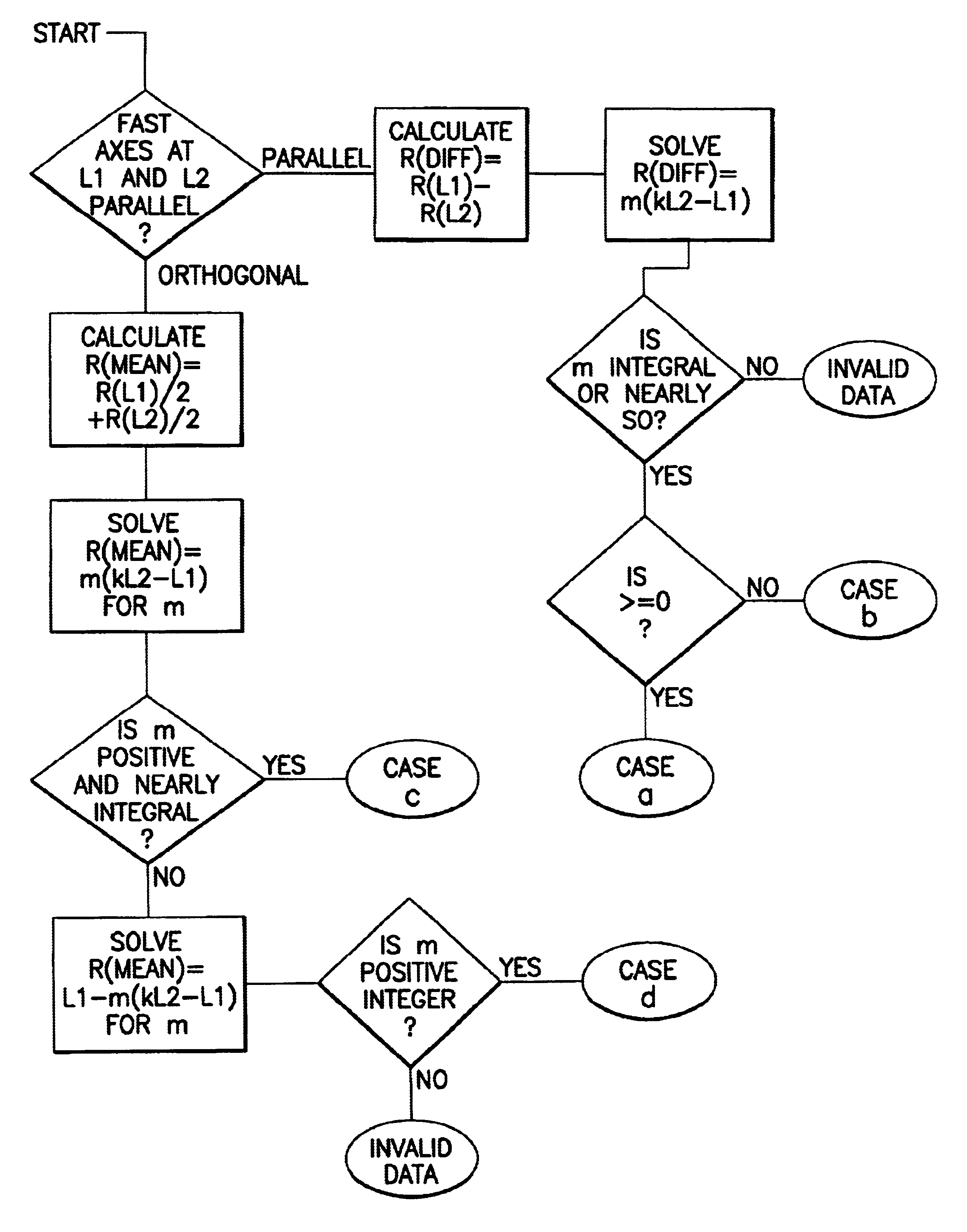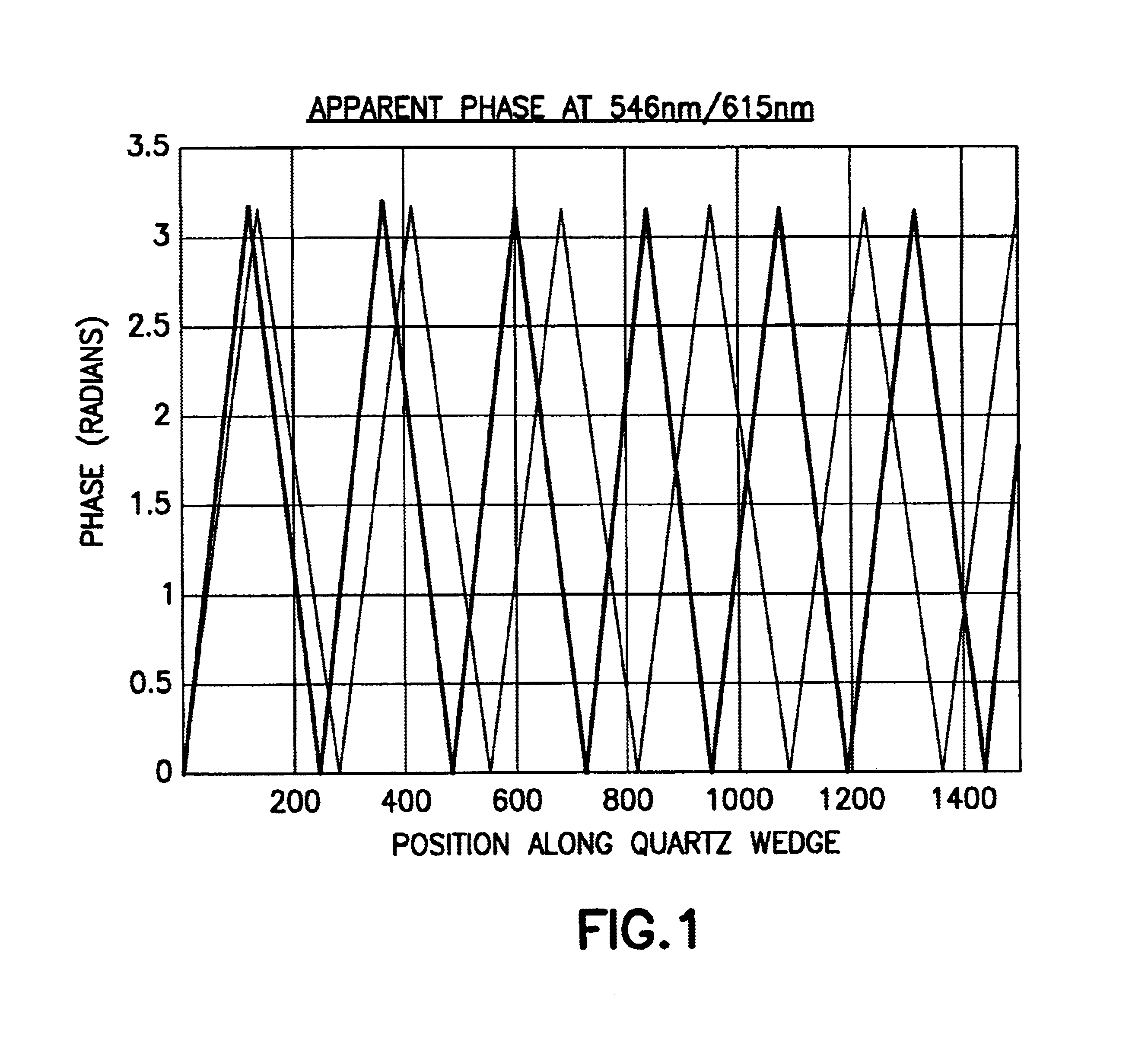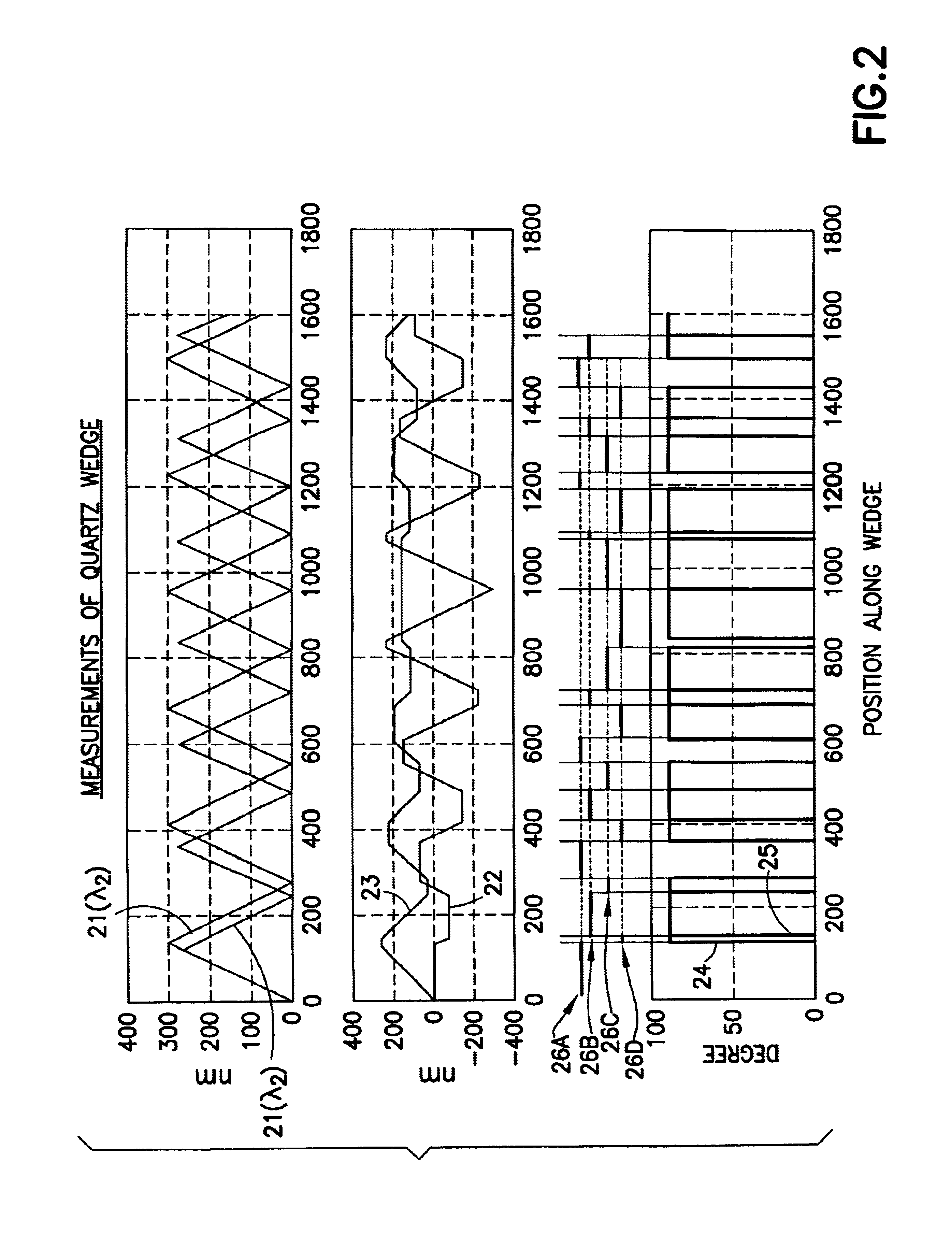Polarization imaging system
a polarization imaging and imaging system technology, applied in the field of polarization imaging systems, can solve the problems of limited system practice, slow approach, and unreliable application of real-world samples
- Summary
- Abstract
- Description
- Claims
- Application Information
AI Technical Summary
Benefits of technology
Problems solved by technology
Method used
Image
Examples
Embodiment Construction
Throughout this description, certain embodiments will be described in terms of apparent phase, and others in terms of apparent retardance. This is done to illustrate that either approach is possible, and that indeed the two are equivalent. Similarly, while certain hardware is described being suitable for purposes of acquiring the images of apparent phase and fast axis orientation, any hardware may be used to acquire this information without deviating from the spirit of the present invention.
The preferred embodiment uses an optical system such as that described in Oldenbourg to obtain the images of apparent retardance and fast axis orientation at every point in the sample. These are made at two wavelengths .lambda..sub.1 and .lambda..sub.2 which are chosen so that the difference between them meets the condition
m.sub.max =.lambda..sub.1 / [.lambda..sub.2 -.lambda..sub.1 ] [6]
where m.sub.max is the highest order, m, that needs to be resolved by the system. For example, in a first prefer...
PUM
 Login to View More
Login to View More Abstract
Description
Claims
Application Information
 Login to View More
Login to View More - R&D
- Intellectual Property
- Life Sciences
- Materials
- Tech Scout
- Unparalleled Data Quality
- Higher Quality Content
- 60% Fewer Hallucinations
Browse by: Latest US Patents, China's latest patents, Technical Efficacy Thesaurus, Application Domain, Technology Topic, Popular Technical Reports.
© 2025 PatSnap. All rights reserved.Legal|Privacy policy|Modern Slavery Act Transparency Statement|Sitemap|About US| Contact US: help@patsnap.com



